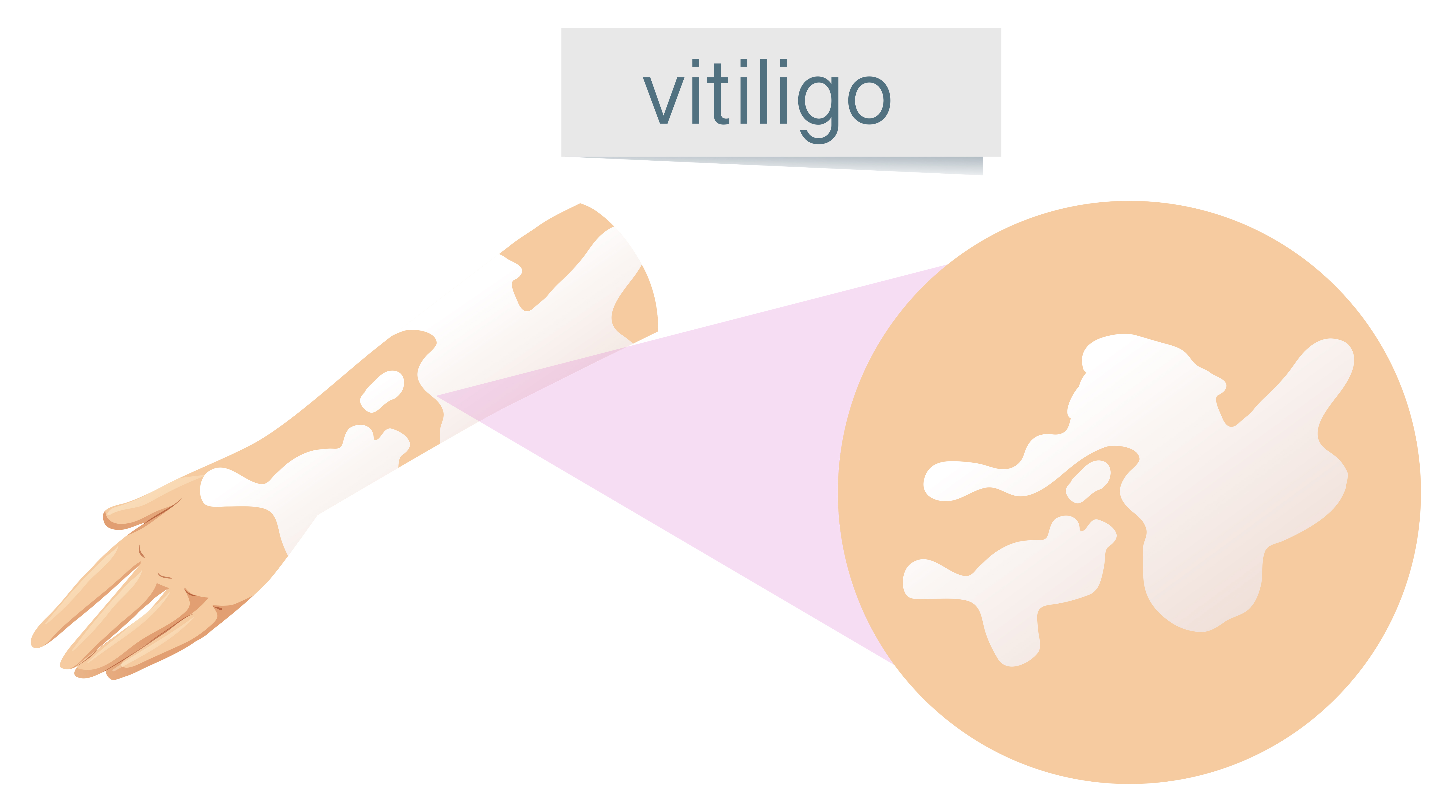
Understanding Vitiligo: Segmental, Non-Segmental, and Mixed Types
Vitiligo is a skin condition that affects millions of people worldwide, causing the loss of skin color in patches. It occurs when melanocytes, the cells responsible for producing melanin (the pigment that gives skin its color), are destroyed or stop functioning. While vitiligo can manifest in various ways, it is generally categorized into three main types: segmental, non-segmental, and mixed.
1. Segmental Vitiligo
Segmental vitiligo typically appears earlier in life and progresses more rapidly than other types. It tends to affect only one side of the body, such as a limb or the face, and often stabilizes after a certain period of time. This type of vitiligo is thought to be related to abnormalities in the nervous system.
2. Non-Segmental Vitiligo
Non-segmental vitiligo, also known as generalized or bilateral vitiligo, is the most common form, accounting for about 90% of cases. It usually starts with small patches that gradually expand and may eventually affect both sides of the body symmetrically. Non-segmental vitiligo often progresses slowly and is associated with autoimmune factors, where the body’s immune system mistakenly attacks melanocytes.
3. Mixed Vitiligo
Mixed vitiligo refers to cases that exhibit characteristics of both segmental and non-segmental types. This can include patches appearing on one side of the body while also spreading to other areas. Mixed vitiligo can present challenges in treatment and management, as it may require a tailored approach to address both segmental and non-segmental aspects.
Treatment and Management
While there is currently no cure for vitiligo, various treatment options are available to help manage the condition and restore skin color to some extent. These may include topical corticosteroids, phototherapy, laser therapy, and depigmentation for widespread vitiligo.
Treatment effectiveness can vary depending on factors such as the type of vitiligo, the extent of depigmentation, and individual response to therapy.
Conclusion
Vitiligo can have a significant impact on a person’s physical appearance and psychological well-being. Understanding the different types of vitiligo—segmental, non-segmental, and mixed—can aid in diagnosis and treatment planning. While living with vitiligo can pose challenges, it’s essential to remember that everyone’s journey with the condition is unique, and support from healthcare professionals and loved ones can make a difference.
To seek medical advice, always consult a Doctor. Here are our recommended experts. Click Here
To read more on Vitiligo. Click Here


